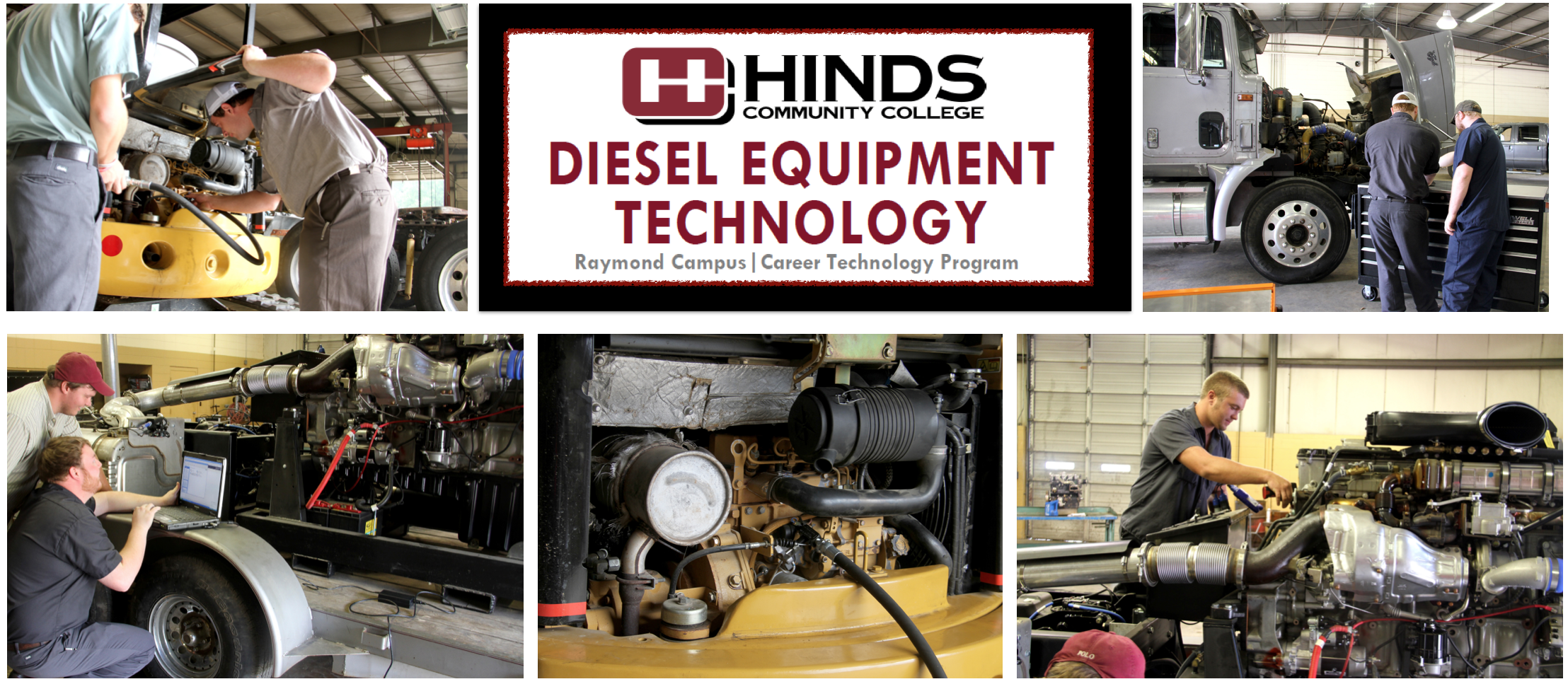
What do you want to be when you grow up? Oscar Wilde once said: "Be yourself; everyone else is already taken." Just start exploring what your interests are and you’ll find exactly what you were meant to be by following your dreams. Be wary of those who tell you “you’ll never make any money doing that” or “you should be a...” and then there is that famous “that’s not a career”.
Do You Possess These Qualities?
-
Concentration.
-
Customer-service skills.
-
Manual dexterity.
-
Physical stamina.
-
Physical strength.
If your answer is yes then the Meat Merchandising Program (located on the Raymond Campus of Hinds Community College) might be a career path you should explore.
The Meat Merchandising Program is designed to give students the opportunity to master the skills necessary for success in meat merchandising, which includes slaughtering, chilling, aging, quartering, cutting, and inspecting pork, beef, lamb, poultry, and fish. Students are also given the opportunity to learn various types of marinating, seasoning, smoking, grills, roasting and frying of foods.

What Butchers and Meat Cutters Do?
Butchers and meat cutters cut and trim meat from larger, wholesale portions into steaks, chops, roasts, and other cuts. They then prepare meat for sale by performing various duties, such as weighing meat, wrapping it, and putting it out for display. In retail stores, they also may wait on customers and prepare special cuts of meat upon request.
Butchers and meat cutters in meat processing plants may have a more limited range of duties than those working in a grocery store or specialty meat shop. Because they typically work on an assembly line, those in processing plants usually perform one specific function—a single cut—during their shift.
Butchers and meat cutters use sharp tools such as knives, grinders, or meat saws. They must follow sanitation standards when cleaning equipment, counter tops, and working areas in order to prevent meat contamination.
Some butchers run their own retail store. In these settings, they usually track inventory, order supplies, and perform other recordkeeping duties.
Are The Jobs Going To Be There?
According to the Bureau of Labor Statistics, employment of butchers and meat cutters is projected to grow 5% from 2012 to 2022. As more people demand pre-cut, partially prepared, and easy-to-cook meat products, butchers and meat cutters will be needed to prepare them. The popularity of various meat products such as sausages, cured meats, or specialty cuts is expected to result in demand for butchers and meat cutters in grocery and specialty stores.
Need More Information?
This program is located on the Raymond campus of Hinds Community College. For more information, contact Chad Davis via email at Chad.Davis@hindscc.edu or by phone at 601.857.3719.











